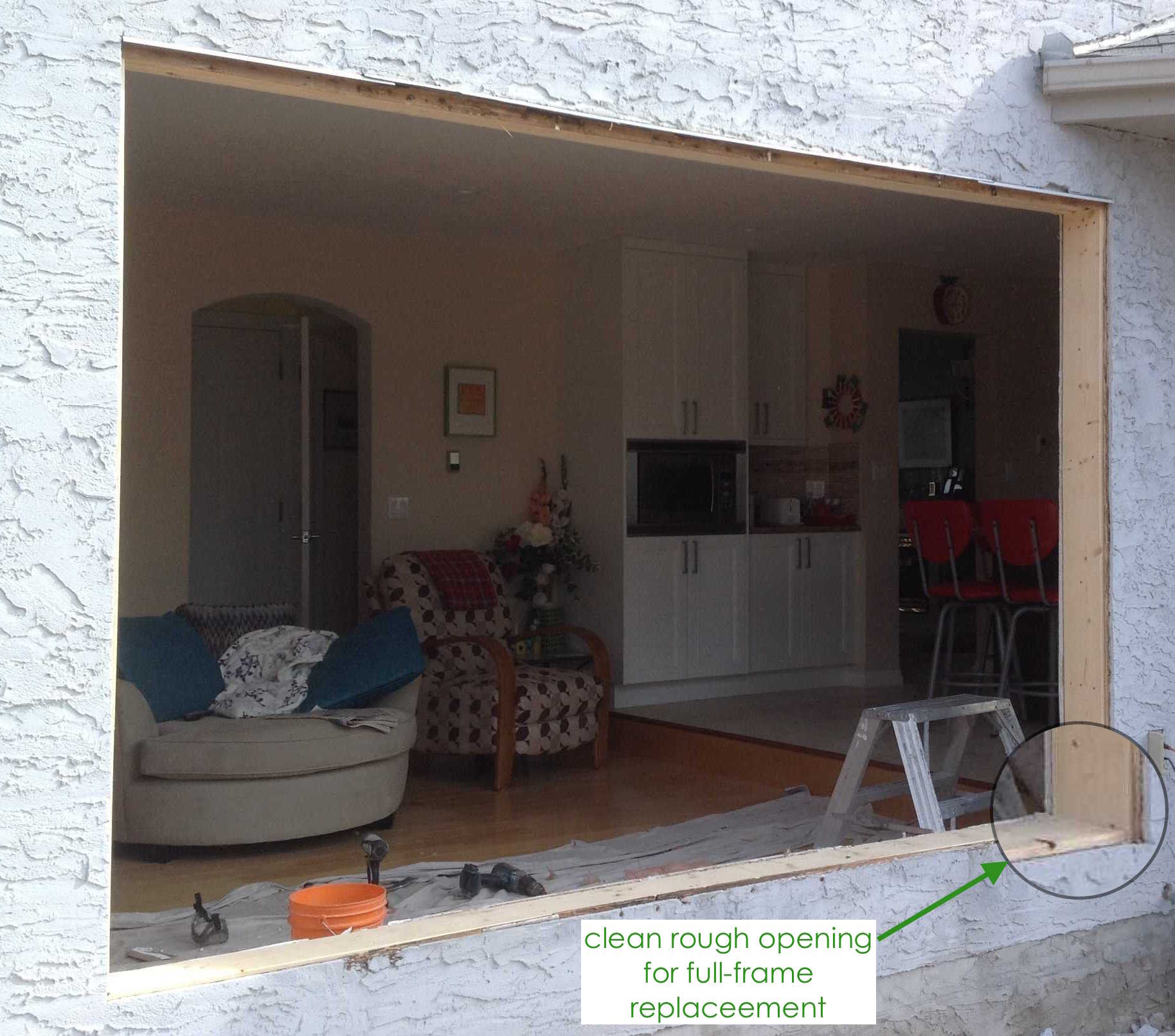

- #FULL FRAME WINDOW REPLACEMENT COST INSTALL#
- #FULL FRAME WINDOW REPLACEMENT COST PLUS#
- #FULL FRAME WINDOW REPLACEMENT COST WINDOWS#
Installation and LaborĪccording to HomeAdvisor, window installation costs on average $5,860, or between $2,950 and $9,051. Additional costs can be incurred, such as if there is custom work to be done or if the window replacements or installations are to be done on a historical property.
#FULL FRAME WINDOW REPLACEMENT COST WINDOWS#
Labor costs can vary, though: If windows are installed on the second or third floor of a home, limited access can increase the total paid. Labor usually runs $30 to $50 an hour, and most contractors will bid a flat rate with labor included.
#FULL FRAME WINDOW REPLACEMENT COST INSTALL#
For example, many homeowners may not consider themselves qualified to install windows and will therefore hire professionals to do the installation or replacement for them. When buying windows, homeowners may incur unavoidable costs related to their purchase. Photo: Additional Costs and Considerations Some of these options likely require a building permit. Other customization options include installation of custom security bars, adding post-installation window tinting or fade-resistant UV protection, changing a door to a window, removing and moving a window, and repairing siding around a window. CustomizationĮxamples of additional costs for window replacement would be installing thermally insulated energy-efficient windows, extra-large windows or window walls, or second- or third-floor windows.
#FULL FRAME WINDOW REPLACEMENT COST PLUS#
Impact-resistant glass, also known as hurricane or inner-membrane windows, can run between $25 to $55 per square foot plus increase installation costs by an additional $30 to $50 per hour. Triple-pane windows cost 15 to 40 percent more than double-pane windows, but they will pay for themselves over time. Window replacement experts have found that double-pane windows can help homeowners save up to 24 percent in cold climates and up to 18 percent in warmer climates in the summer months. Windows are typically rated by U-factor: the lower the U-factor, the more energy-efficient and expensive the windows are. New windows can help you save money on utility bills and make your home more comfortable. Composite is a mixture of PVC and wood and is a relatively affordable option, while vinyl is the least expensive. Wood is the most expensive material, but it will last the longest when maintained properly. Other materials available are composite, aluminum, and fiberglass. The most common window materials are vinyl and wood. The window frame material you choose will greatly impact the overall price of the window replacement. Additional costs may be incurred if installing custom windows or bay or bow window styles. The most common window styles are single hung, double hung, casement, sliding, and basement. Size is not the final determination of cost, as the style of the window influences it as well. If you’re installing multiple windows, then the price can go up exponentially. Large windows generally cost more to install than smaller windows. If you’re located in a milder climate, double-pane windows are often the go-to for adequate insulation. They are more expensive than single- or double- pane windows, but they will work the best in a colder climate.

For example, if you live in an area with a cold climate, triple-pane windows offer the best protection and insulation against cold wind and storms. Total costs vary due to differences in installation, local climate, types of windows, and more. Calculating window prices can be difficult, as the costs of the various factors will differ.


 0 kommentar(er)
0 kommentar(er)
